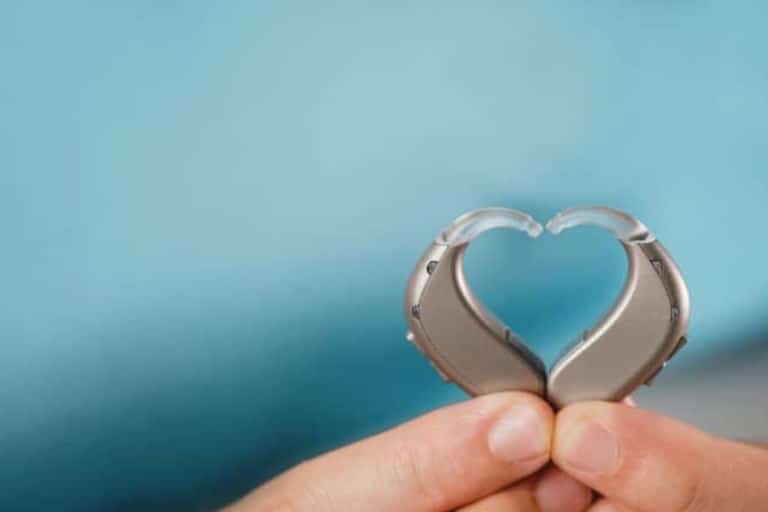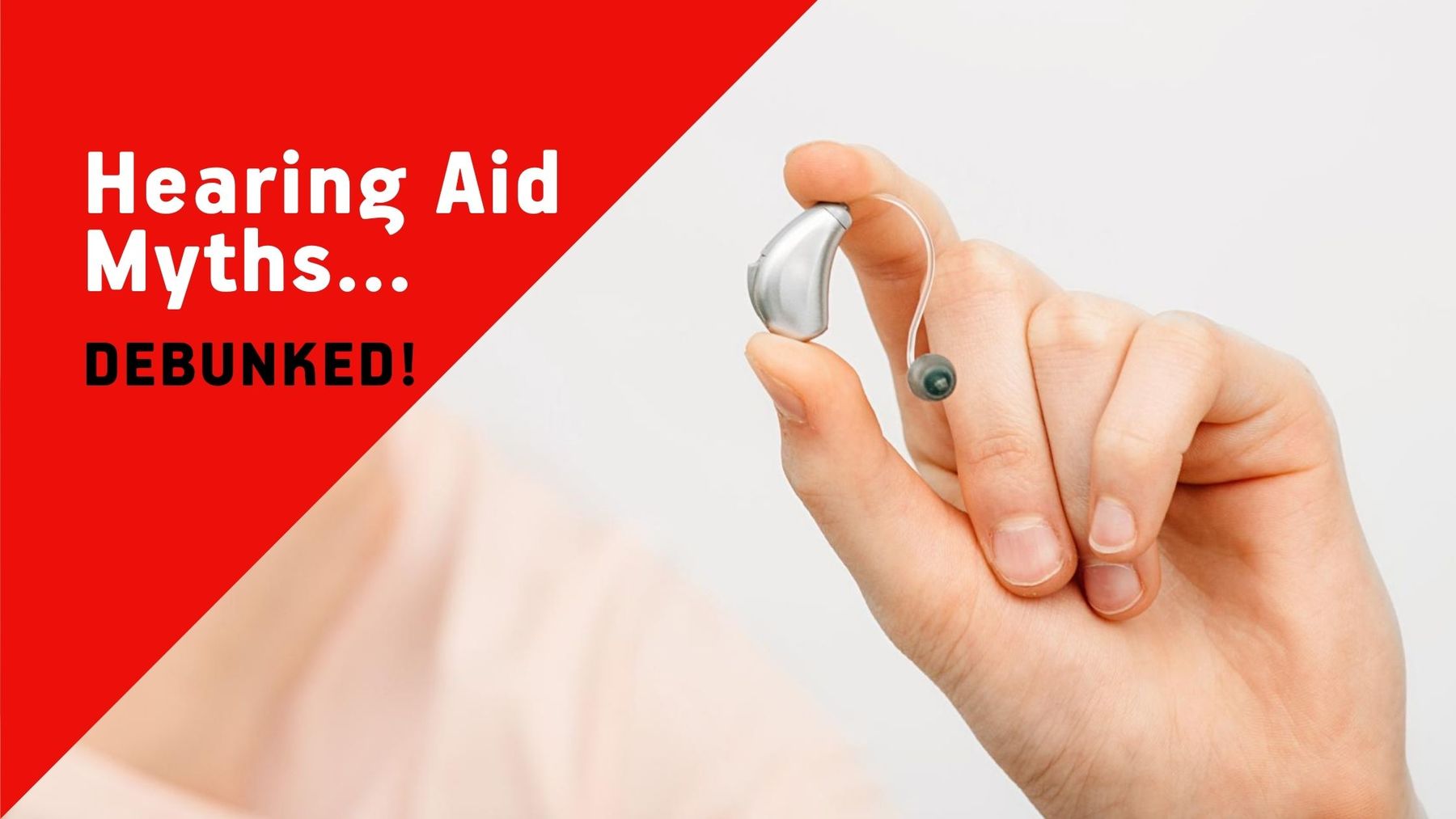Give the Gift of Better Hearing
It’s the holiday season, and you’re likely in the middle of getting your gift list soundly together so that the wrapping can begin and end in short order. But when the pressure is on, coming up with the perfect present…




